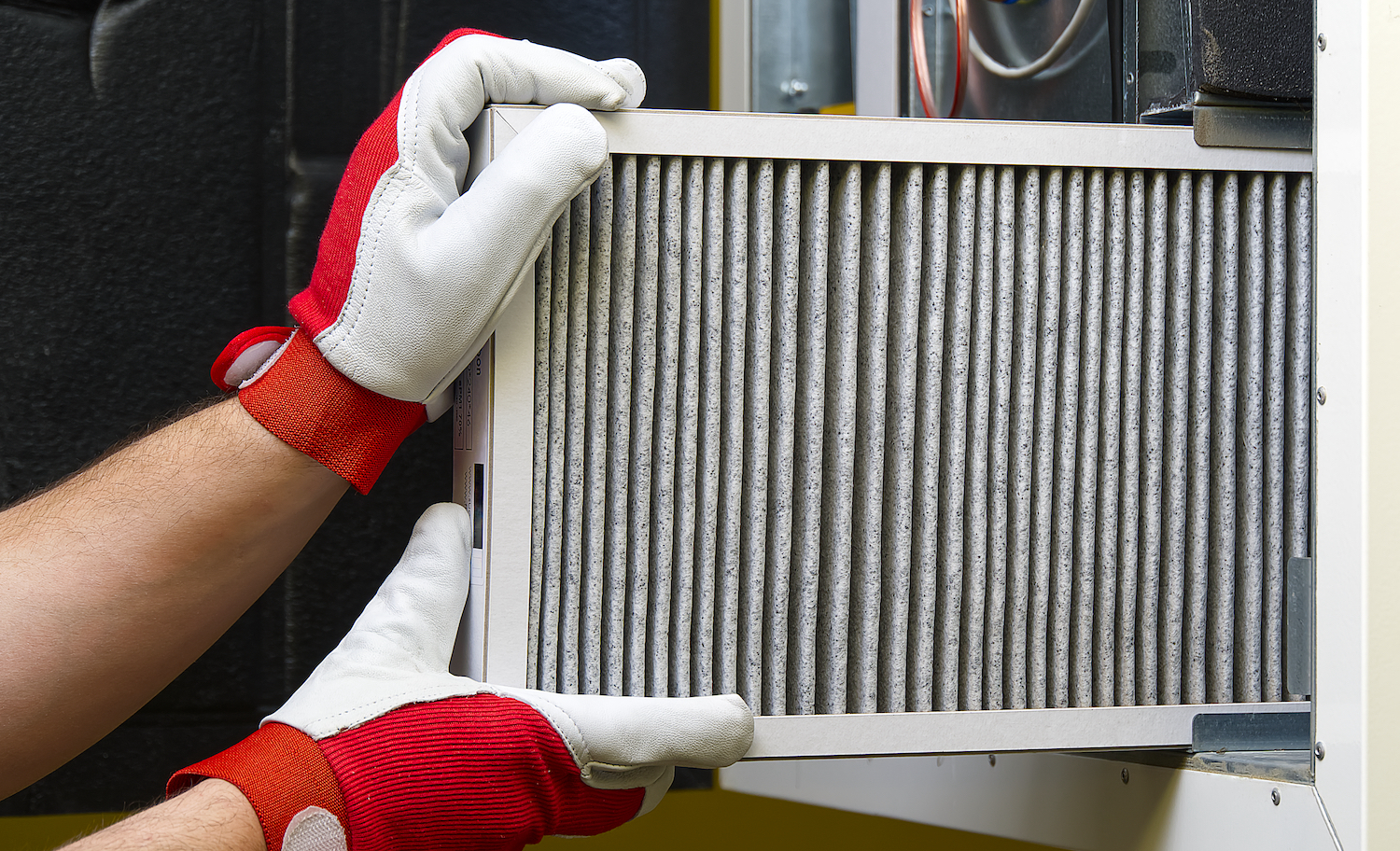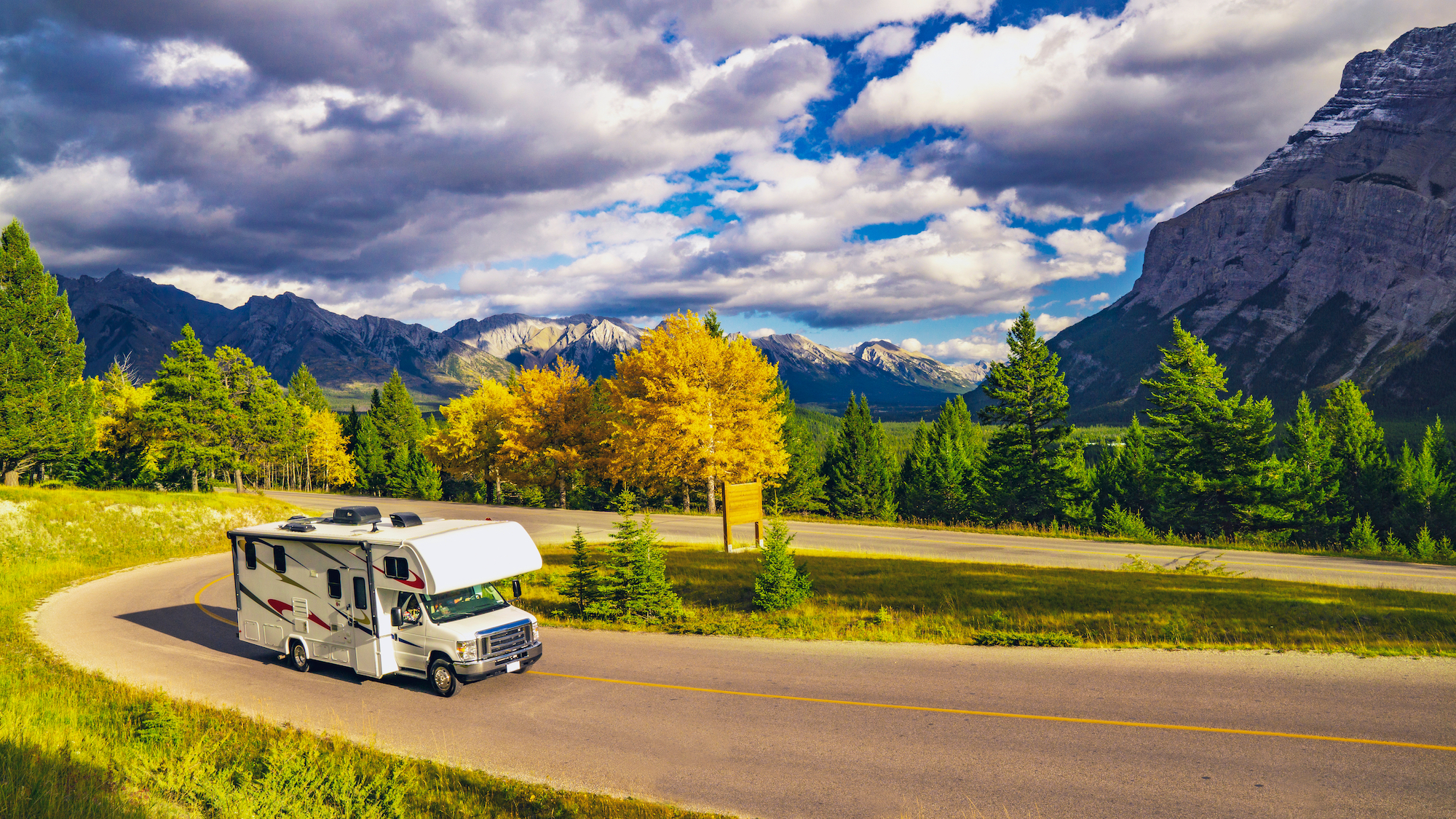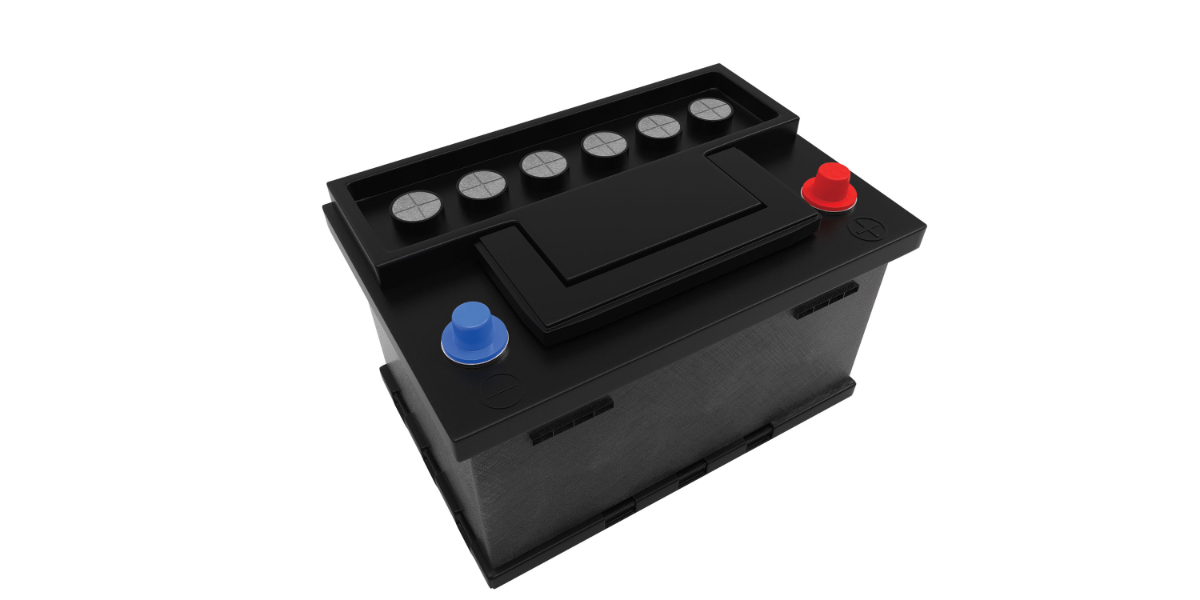How Often Should You Replace Your RV’s Furnace Filter?
Keep your furnace in tip-top condition!
Image Caption: Image from Shutterstock
While many older RVs were not built with a furnace filter, many manufacturers have begun to include them in their newer models. The reason is to filter out contaminants and make the air you are breathing inside your RV healthier, but it raises an important question:
How Often Should You Replace Your RV’s Furnace Filter?
To help you make this determination, we are going to provide some specific metrics and ways to check out RV’s furnace filter.
How To Tell If Your RV Furnace Has a Filter?
If it is news to you that you may even have a furnace filter in your RV, don’t be alarmed. The majority of older RVs were not equipped with a typical furnace filter. If your RV or travel trailer is more than 10 years old, the odds are good that you don’t have a filter.
For newer rigs, however, some manufacturers include them while others do not. So the easiest way for you to figure out if you have a filter in your RV furnace is to refer to your owner’s manual. Instead of trying to pull your furnace apart, just spend some time doing a little reading.
How Often Should You Replace Your RV Furnace Filter?

Image from Shutterstock
When it comes to the frequency, always refer to your owner’s manual. That should specify how often to do it.
That said, your ideal filter replacement schedule will often depend on the size of the filter in your rig. Most filter sizes are specified based on their thickness. As filters get thicker, they tend to be more durable and long-lasting. Again, consult your owner’s manual first, as it will give you concrete recommendations for your specific rig.
If you can’t find your owner’s manual, here is a quick table to illustrate recommended replacement schedules for different filter sizes. Please note these are just general recommendations and not hard-and-fast rules.
| Filter Size | Recommended Replacement Interval |
| 1-2 inches | 1-3 months |
| 3-4 inches | 6-9 months |
| 5-6 inches | 9-12 months |
Aside from these set intervals, you may need to change your furnace filter more regularly. If you notice that your furnace sounds like it is straining when it turns on, or it seems to be less efficient than normal, these could be signs that your furnace filter needs to be replaced.
Can You Install A Filter if Your RV Doesn’t Have One?
For many people, installing a furnace filter if your RV doesn’t have one is actually a very good idea. It can protect you from dust, smoke, pet dandruff, and other allergens that can create a harmful environment inside your RV. If your RV doesn’t have great ventilation, installing a filter is even more important for your health.
The problem with installing a furnace filter on an older RV is that they don’t really make them. It can be difficult.
So a workaround is to buy a regular furnace air filter and then cut it down to the appropriate size. The filter would then be attached to the air return. The challenge in doing this is that you will need to make sure you choose a non-restrictive filter that allows for ample air to flow through it.
If you accidentally install a restrictive filter, it will inhibit airflow that is essential to your safety. This is the primary reason why many older models were not equipped with them. The smaller space inside an RV can cause greater health concerns if airflow to your furnace is blocked.
The good news is that many RV furnaces are equipped with some sort of low airflow sensor that will shut it off if the airflow isn’t substantial. Still, it is better to do your due diligence than to rely on an automatic shut-off sensor in an older RV furnace.
So, you can indeed install a furnace filter if your RV does not have one. You will just need to choose an appropriate non-restrictive filter and find a way to remind yourself to replace it according to the intervals we mentioned above.
An alternative is to get an air purifier. Air purifiers are easy to come by and will remove potentially harmful particulates and allergens from the air. However, these units require their own power. Also, you’ll need to remember to periodically change out the filters. Most air purifiers will notify you when the filter needs replaced, so pays to have an extra filter on hand that you can swap out.
Where is the Air Return for your RV Furnace?
This is really going to be dependent on the exact make and model of your RV. However, most manufacturers situate the air return for the RV furnace underneath the refrigerator. This is where you would remove the exterior vent and install a furnace filter if you choose to do so.
Additional RV Furnace Maintenance Tips

Image from Shutterstock
In addition to replacing your furnace filter at regular intervals, here are a few additional tips to help you maximize the performance of your RV’s furnace.
- Inspect and clean exterior furnace vents. Remove all blockages that could restrict airflow to your furnace unit
- Clean out all nests and residue leftover from animals and/or insects (a common occurrence when you are de-winterizing your RV in the spring)
- If you want to prevent animals and insects from nesting in your furnace vents in the future, consider buying and installing RV furnace insect screens
- Visually check the inside of your furnace vents for damage or signs of soot. This can be a signal of improper combustion within your furnace.
- Improper combustion results in excessive carbon monoxide production, which is a serious health concern
- If you do see signs of soot, do not turn your furnace on and contact an RV furnace technician to have your furnace inspected
- Check your carbon monoxide detector’s expiration date (yes, they expire every 5-6 years on average)
- Replace your carbon monoxide detector if it is expired or not functioning properly
- Remove the vent cover inside your RV on the furnace air return
- Clean it up and get rid of any air-restricting blockages
- Grab your vacuum and remove dust, dirt, and other debris behind the vent cover
- Inspect the furnace vents for damage again from the inside
- Damaged vents will interfere with proper furnace operation (and is another good reason to call a furnace technician to have your unit tested and re-certified
How To Test Your RV Furnace
Once you have performed these routine maintenance tasks, you can test your furnace for proper operation. Here are the basic steps you can use to complete this test:
- Check that your propane tank is more than ¼ full and that the line is open (i.e. your tank is turned on)
- Turn on the thermostat inside your RV
- If you have a larger rig with two furnaces, flip both thermostat controls to the ‘On’ position
- Reset your thermostat to a higher temperature than the current inside air temp of your RV
- You should hear a clicking sound that indicates the furnace is igniting
- After 1-2 minutes, you should feel (and hear) warm air blowing out of your furnace vents
- If yes, your test is complete and everything is functioning properly
- If no, shut off your furnace immediately by turning the thermostat off and contact an RV furnace technician.
Conclusion
The bottom line on RV furnace filters is that you probably don’t have to worry about messing with them unless your owner’s manual includes specific instructions for when and how to replace your furnace filter.
If you are particularly concerned about the health of the air inside your RV, however, you can in fact install a filter on an RV that wasn’t built with one. You will just need to be careful to install a non-restrictive filter and replace it frequently to guarantee ample airflow for your furnace.
If you are still concerned about taking this on as a DIY project, we recommend reaching out to an experienced RV furnace technician. Consulting a professional is a great way to get more clarity on the pros and cons of installing an RV furnace filter.





